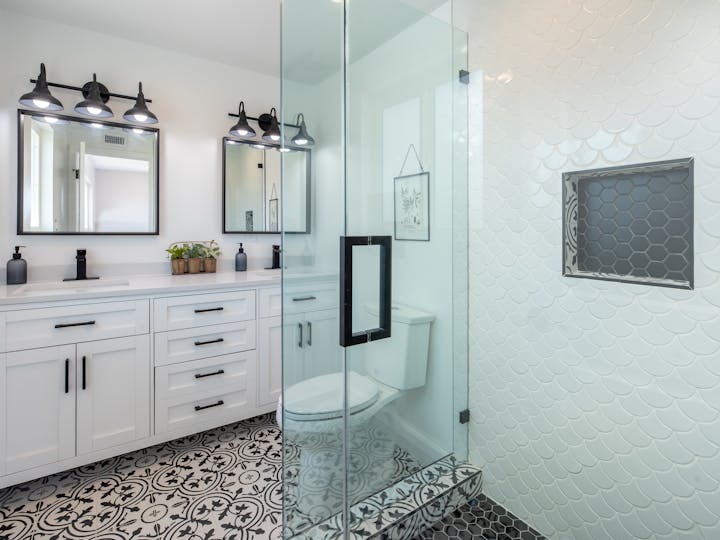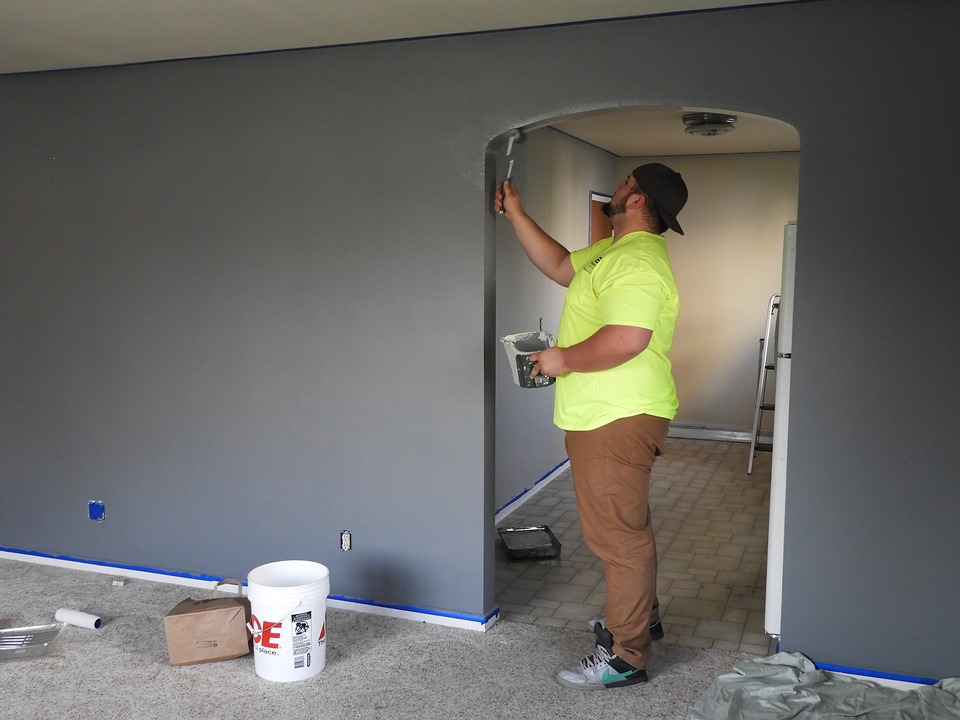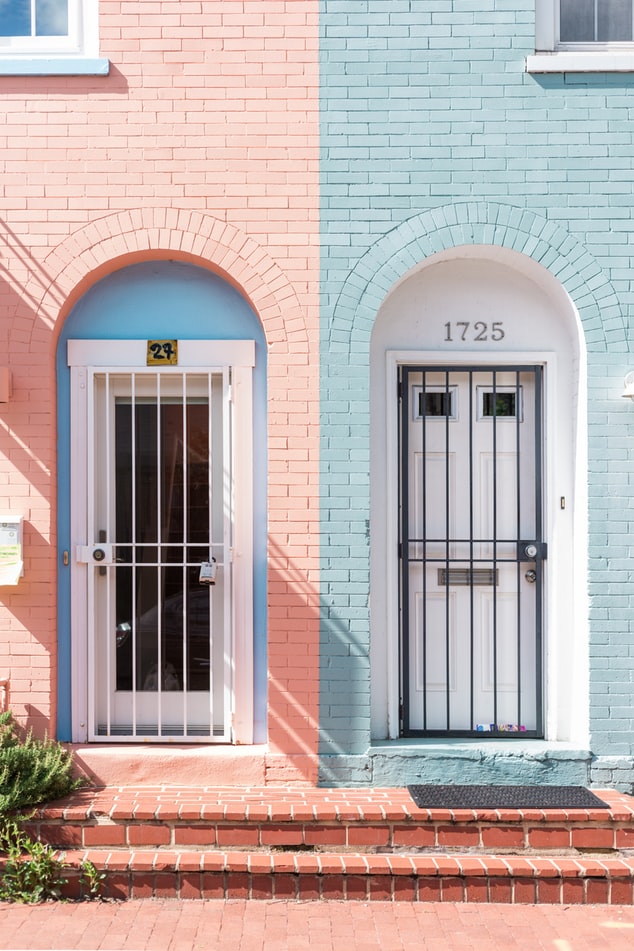Your bathroom is one of the busiest rooms in the house, alongside that, it’s probably the wettest, warmest, occasionally coldest, and almost certainly the one holding the most moisture. It’s as if your bathroom is an indoor rainforest! Now, as idyllic as an indoor rainforest sounds, it doesn’t have the same effect if the elevated levels of moisture start to warp your furnishings, damage your flooring and leave traces of mould. Suddenly, the romanticised vision of your bathroom slips out the window!
So, how do we tackle it? Well, with a few smart moves and some alterations to the room, you can bring some rainforest vibes back to your bathroom, minus the moisture, and in this blog, we’ll show you how.
Improve the ventilation
Even if you have got water-resistant materials in place, they can sometimes struggle to do their job properly if the air stays damp for too long. That’s why improving the ventilation is a quick and easy win that you should take advantage of right away.
To reduce the amount of moisture that builds up in your bathroom, make sure that air can flow freely. When warm air hits cold glass, condensation forms. You’ll need to reduce the chances of that happening. Keep the windows open when possible and consider installing an extractor fan.
Moisture-sensing fans can also be an option. With their built-in humidity control, they kick in when necessary and help to disperse the levels of moisture that are building up.
Consider your wall finishes
Your walls take a lot of splash damage. Water can hit them from all angles, and if the walls aren’t prepped, you could suddenly face a problem.
Have you gone for paint, tiles, or both? If your bathroom is painted, look for semi-gloss or satin paints as these are moisture-resistant. Other types of paint hold onto moisture and eventually see it cause damage to the paintwork. Where water is likely to be splashed, consider tiles. They are quick-drying, easy to clean and allow you to eliminate moisture quickly.
Wall panels are also worth investigating. Made to replicate wood, stone, and marble, they can suit any style, and their waterproof capabilities mean you minimise moisture issues right away.
Seal the gaps
Over time, your existing sealant may wear away. This provides the perfect basecamp for moisture to thrive. As it creeps in, it spreads and then causes damage behind the scenes that you might not notice until it is too late. Regularly check the caulking around sinks, baths, and showers for signs of wear and replace with mould-resistant silicone sealant.
Sometimes, mould is like an enemy hiding in plain sight. You don’t see it until it is too late. So, every month, check for cracking, peeling or dark spots around the bath, sink and shower.
Use water-resistant flooring
Depending on the type of flooring you are already using, this could be a large job, but long-term, it’ll be worth it. You’ll want to avoid carpets and untreated wood. These are mould magnets, and you will soon see your bathroom overrun with a noticeable smell and a sudden spread of mould. Instead, consider LVT (luxury vinyl tiles), natural stone or ceramic tiles for your bathroom flooring. These are all excellent at handling humidity and are also easy to clean, long-lasting and waterproof! Just remember, if you choose ceramic or stone, you’ll need to use a sealant to ensure full waterproofing.
Review your furnishings
Some bathroom furnishings are for aesthetic purposes rather than practicality, and this is often a problem. Your stunning cabinet may look incredible, but it could also be a place for mould and moisture to thrive. Consider PVC, treated MDF or correctly sealed solid hardwood in the bathroom instead. They won’t swell or warp and will last a long time.
Think about the accessories
Some of the smallest details play the largest part in reducing mould or moisture in the bathroom. Remember to invest in a bathmat so drips can be absorbed before they hit the floor. Just make sure that you wash the mat often, so that mould growth is prevented.
Check your shower curtain or add a glass screen. In most cases, you’ll have one of these in place but assess it for its current condition. If the curtain appears mouldy, replace it. If the shower glass has mould on its seals, replace them.
Moisture-proofing is an easy thing to do, and in most cases won’t set you back a small fortune either. With the right features, your bathroom won’t lose any of the aesthetic appeal it had before and with these measures in place, it’ll last much longer too.



